Protecting America’s Public Lands and Rivers
The best defense is a good offense
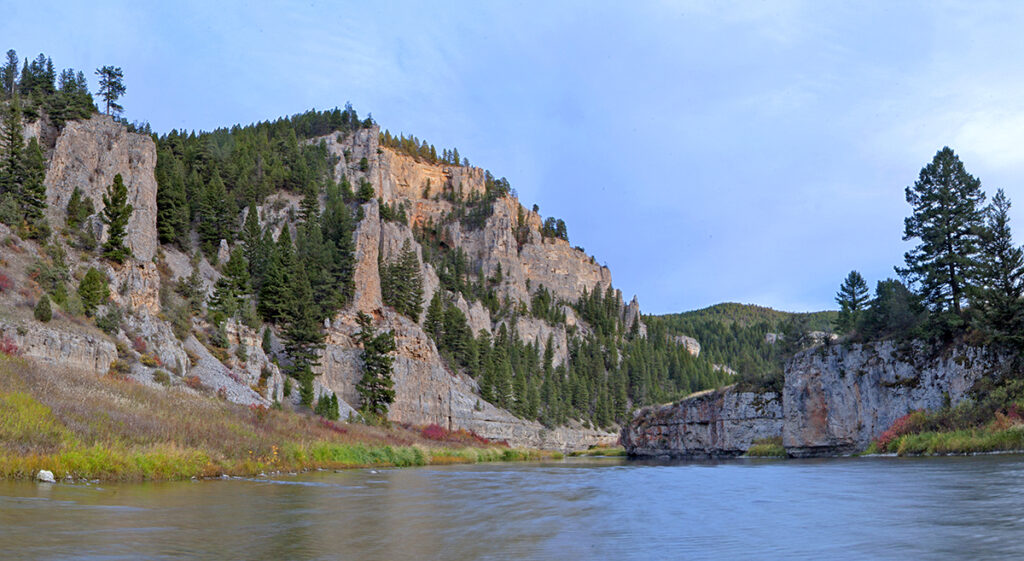
The view downstream from here
A few short weeks ago, public lands and the rivers that flow through them were spared from a disastrous sell-off provision in a massive tax and spending bill. Victory was snatched from the jaws of defeat because of the nationwide bipartisan public outcry against the proposal from supporters like you.
But what happens now? Will there be more backroom deals and bills in the future that attempt to sell them off? Will there be attempts to enable misuse of public lands — effectively bulldozing America’s backyard and playground of regular people like you and me? You bet. Such proposals are like weeds — you can count on them sprouting up again and again. This is because influential special interests, from multinational mining conglomerates to big polluters, are always looking for schemes to get rich quick. The only remedy is to remain on guard, ready to defend against these bad ideas whenever they re-emerge. Or is it?
Defending existing protections is an essential part of protecting America’s rivers. Policies like the “Roadless Rule” protect critical conservation areas from new roads and timber clear-cutting. The pollution standards in the Clean Water Act keep harmful cancer-causing chemicals out of your drinking water. But these common-sense policies are under attack — whether it be by outright repeal, rescission, or by failure by agencies to do their job. And while a country must defend these protections, it shouldn’t stop us from seeking new ones. As the saying goes, “the best defense is a good offense.”
Communities across the country, and across the political spectrum, are proactively taking steps to protect their rivers and the values they provide as sources of drinking water, and as cherished places to hunt, fish, float, swim, and a multitude of other uses.
The many braids of a protected river
There is no one-size-fits-all solution for how to protect a river. Effective protection mechanisms vary across the country. The diversity of mechanisms to protect rivers is emblematic of American ingenuity — where there is a will to protect a river, we always find a way.
Here are a few examples to showcase the diversity of proactive river protection approaches happening right now across the country at the federal, state, and local levels.
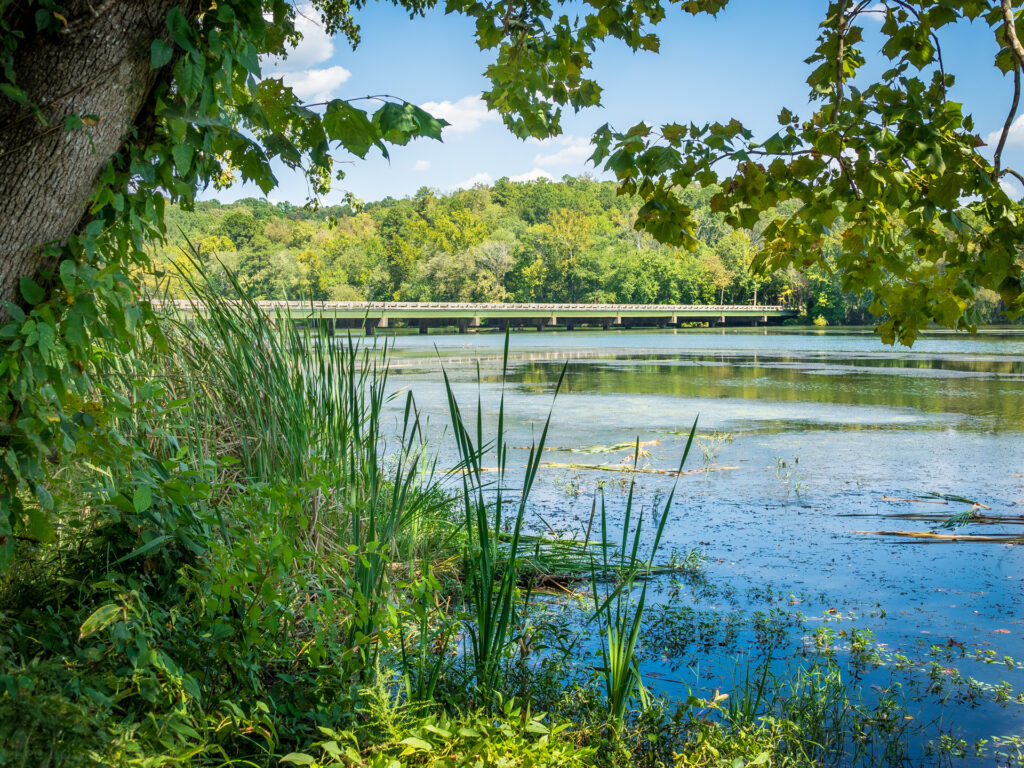
Federal
With so many threats occurring at the federal level to public lands and the agencies entrusted to manage them, one could be forgiven for assuming that positive proactive action to protect rivers would be put on hold. Not so. For example, Republican Congressman Vern Buchanan from Florida recently sponsored and passed the Little Manatee Wild and Scenic River Act to provide comprehensive and permanent legal protection for Florida’s cherished Little Manatee River. Florida Republican Congressman, Rep. W. Gregory Steube, and U.S. Senator Rick Scott each introduced another Wild and Scenic River bill to protect the Myakka River in Sarasota County, while Rep. Ryan Zinke just introduced a Wild and Scenic Bill to protect nearly 100 miles of the Gallatin and Madison rivers in Montana. And thanks to bipartisan action in Georgia, the Ocmulgee River could soon receive permanent protection as America’s newest national park and the first co-managed by a tribal nation in the region.
Many other examples exist, from coast to coast, but we often don’t hear much about them, because the good news of “offense” for rivers is all too often drowned out by noise from battles to defend existing protections. But the lesson is clear: ongoing bipartisan grassroots efforts to protect rivers remind us that protecting rivers is not a red or blue issue; it is a red, white, and blue issue.

keep momentum strong for public lands
Public lands are the birthright of every American, and access to clean, reliable water is a need that cuts through all social and political divisions.
State
States and municipalities across the country have passed their own zoning ordinances to create buffers that conserve land along rivers. Known as riparian areas, the trees and vegetation along the banks are the proverbial lungs of a river, allowing it to breathe and filter nutrients to maintain the healthy water quality we need to drink, fish, and swim safely. The State of New Jersey is just one example of a state taking action to protect rivers through riparian buffers.
The state passed legislation that created rules for establishing and maintaining riparian buffers statewide. As a result, the state of New Jersey has one of the highest rates of protected rivers in the country. Other states from Pennsylvania, to Minnesota, to the state of Washington have all proactively established their own systems for establishing and maintaining riparian buffers.
Another recent inspiring example of new protections for rivers at the state level comes from Alabama. In response to a groundswell of local public support, a coalition of local grassroots organizations successfully petitioned the Alabama Environmental Management Commission to update and strengthen clean water standards across the state. The Commission voted 6-1 in favor of the petition. The change will result in limiting the maximum allowed amounts of 12 toxic and cancer-causing pollutants, including cyanide, hexachloroethane, and 4-trichlorobenzene, in rivers across the state. The change will undoubtedly save lives and improve public well-being.

Local
Recognizing the importance of clean, reliable, safe drinking water to the city’s future, Raleigh, North Carolina, developed its own comprehensive watershed protection plan to protect rivers that supply drinking water to that community.
The protection plan involves land acquisition and conservation easements to protect private lands in the watershed. To date, the program has protected over 10,000 acres of land and 177 miles of streams. The protection program is self-sufficient, funded by a watershed protection fee of 11¢ per 100 cubic feet of water used. For the average residential customer, this equates to a charge of about 60¢ per month on their water bill — a fee far lower than would be required to fund the extra water treatment costs if the protections were not in place. Not only does Raleigh’s watershed protection program provide water security and create spaces for parks and recreation, it also saves its customers money and avoids the need for new taxes.
Local utilities and municipalities spanning red and blue states across the country from Texas to Arkansas to Ohio and New York and many others are implementing similar programs to protect rivers supplying drinking water to that community.
Any way you look at it, river protection pays off with a great return on investment for all of us.
Taking initiative
No matter where you live, your voice matters in keeping rivers healthy. It is essential to prevent backsliding from the protections we as a country worked so hard to achieve. We don’t want to see a return to the days when rivers like the Cuyahoga literally catch fire due to the level of pollution. Rivers are essential to life, liberty, and pursuit of happiness to all Americans. People from all different backgrounds and affiliations understand this and are mobilizing to protect rivers across the country.
As the examples above show, this is because the people understand that taking action to protect rivers and the public lands they flow through is indeed a red, white, and blue issue — not a red or blue issue. So regardless of your political affiliation, regardless of where you live, and regardless of your background, please don’t let your eagle’s eye for defense keep you from going on offense to protect what matters to you.
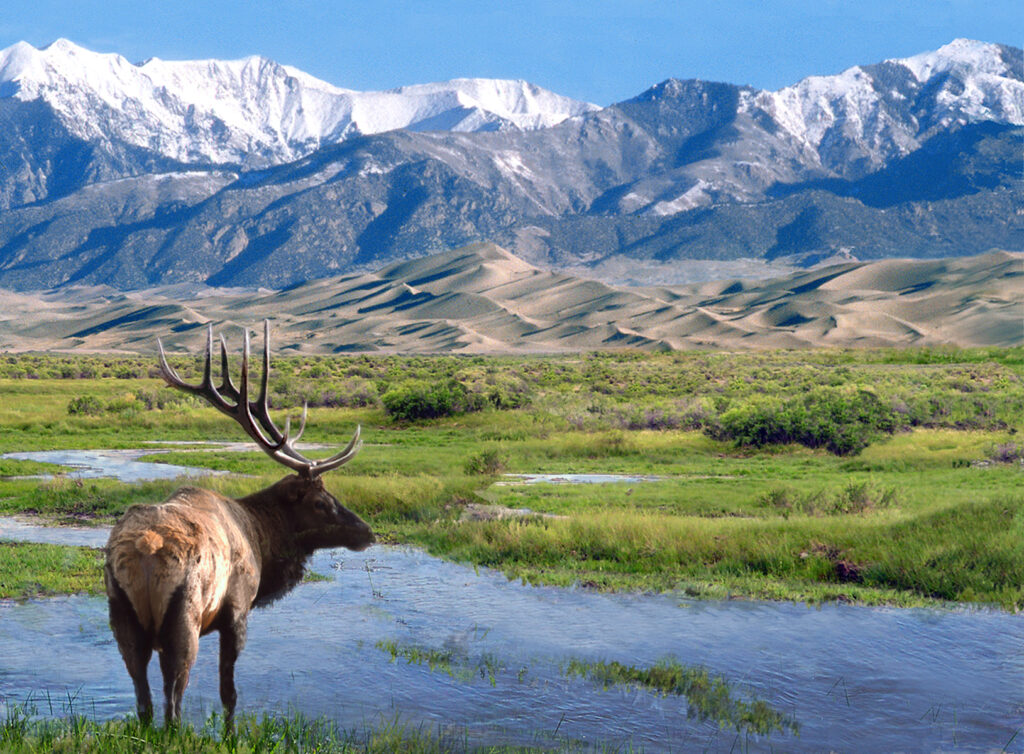
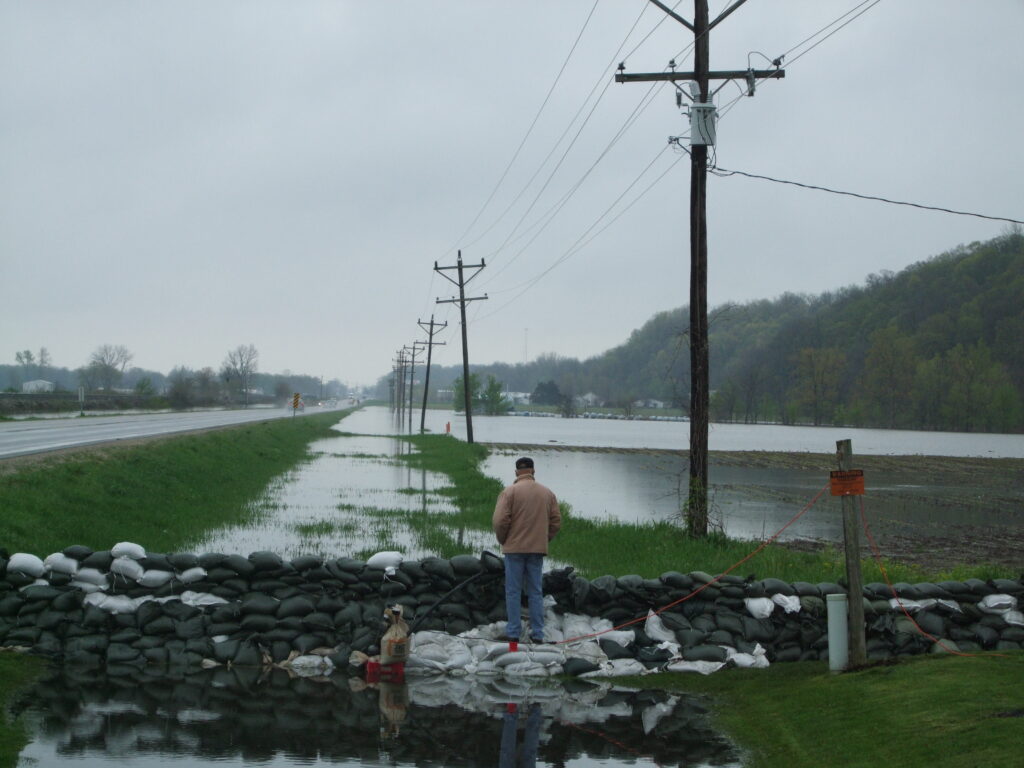
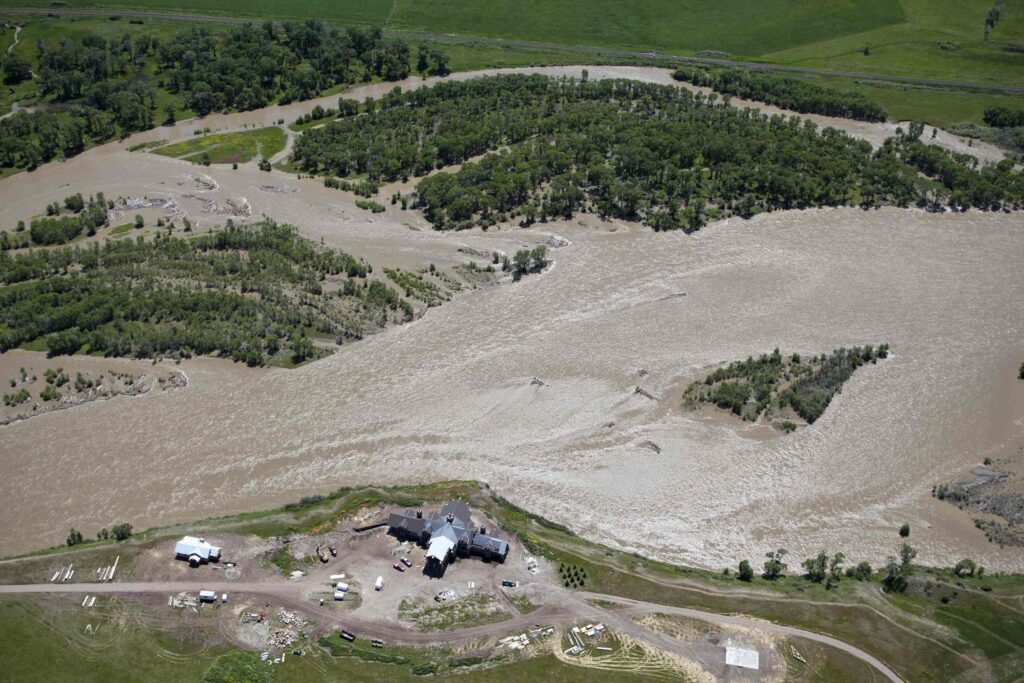
2 responses to “Protecting America’s Public Lands and Rivers”
I believe that no amount of money is worth clean Air, clean, water, clean soil, healthy environments, ecosystems or healthy people. We need to care more about the health of the Earth the health of the people more than money. Thank you for caring and everything you do
Great insight